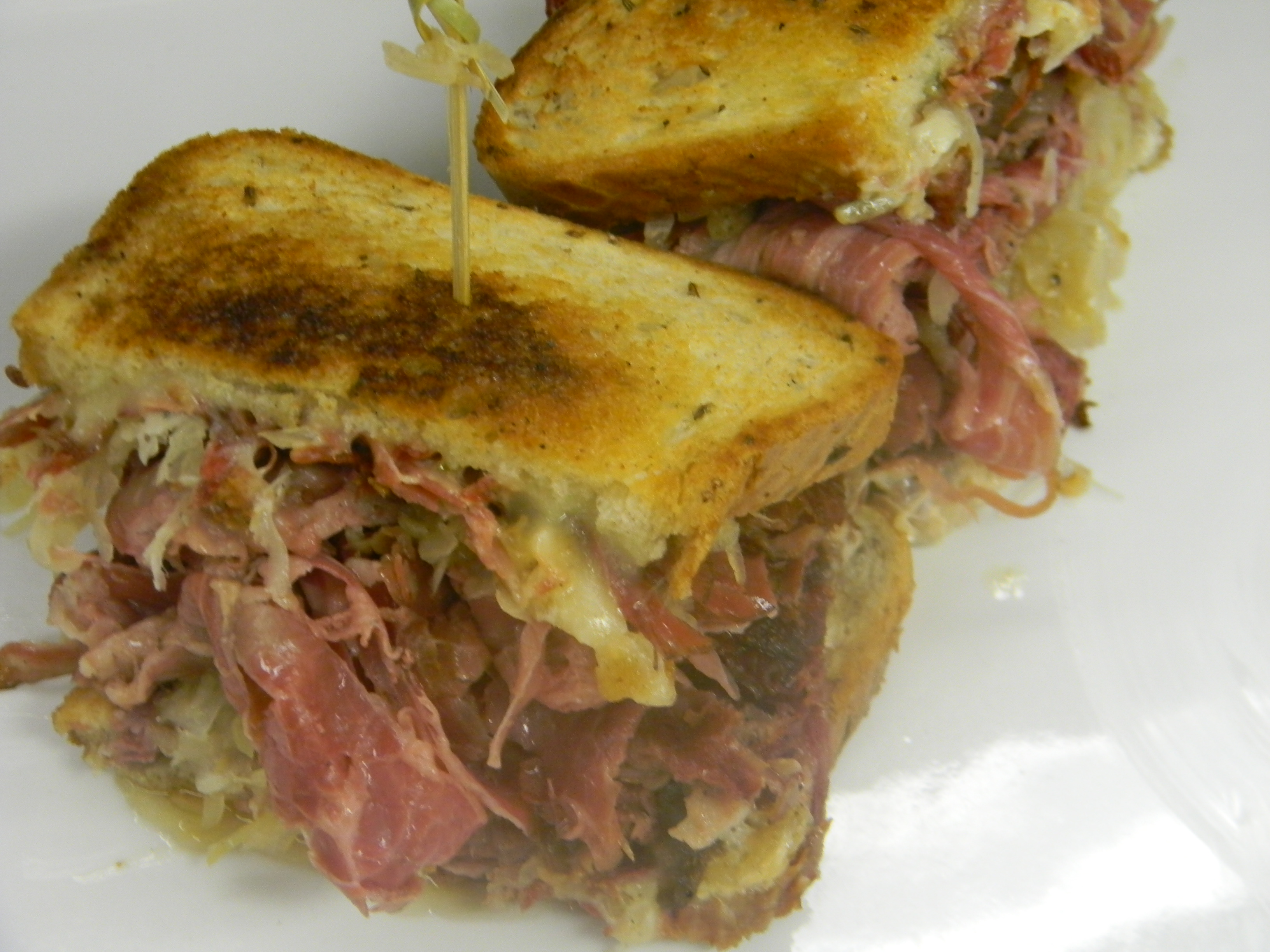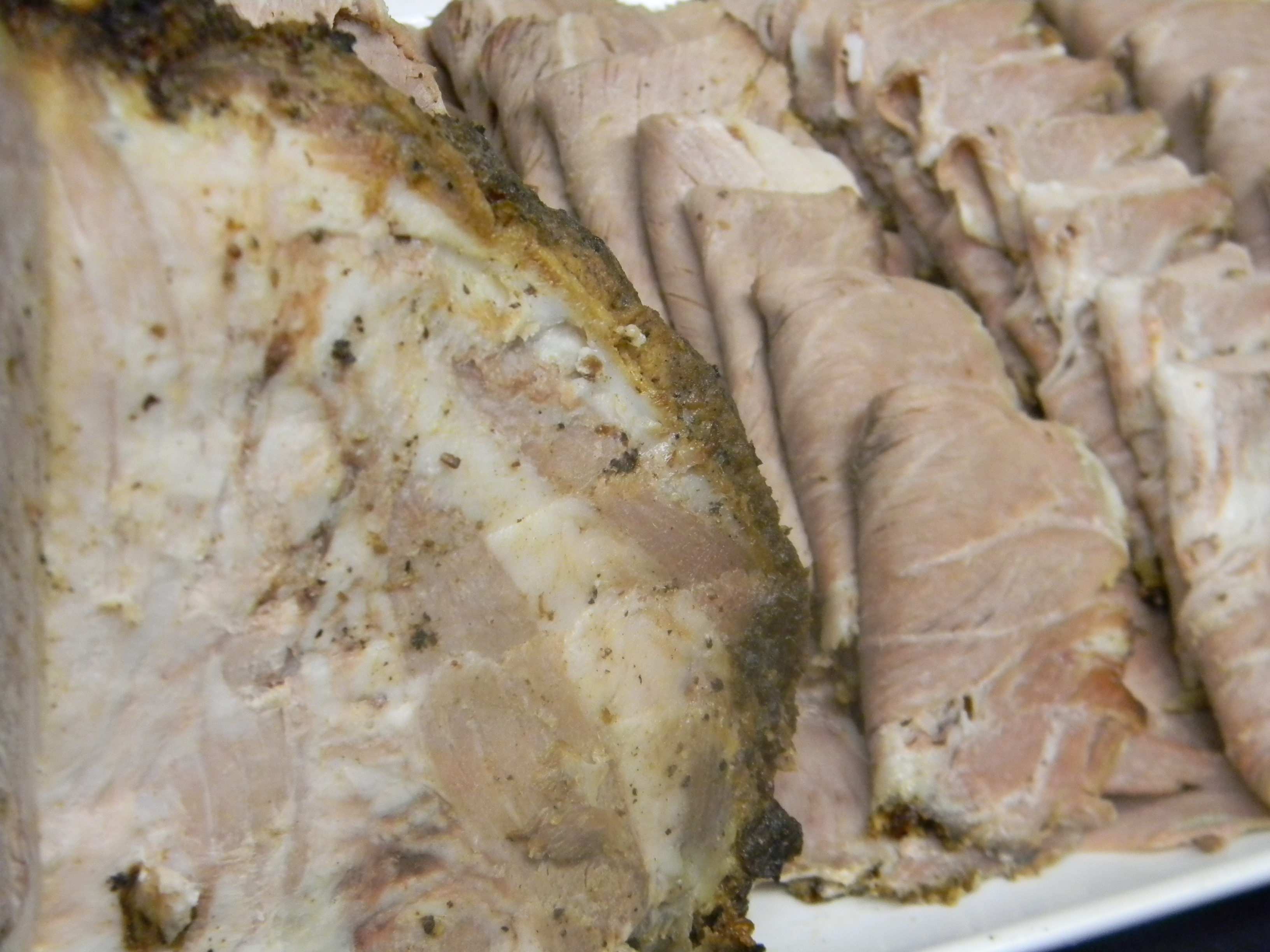To Brine or Not to Brine, It’s Not a Question
Written by Daryl Dean, Sous Chef.
Taking the Time to Enrich the Flavor of our Meats
In the kitchen at Golden Ocala, we believe that taking the time to brine is important. And, it really does take time… days sometimes. For example, our wings brine for 36 hours, corned beef for 11 days, some pork for 24 hours, and some other meats for even longer.
Why do we do this? To enrich the flavor levels of our meats. Brining a piece of meat opens the envelope and introduces essence in many more forms than just sprinkling on some salt and pepper.
We have different flavored brines, as well as different brining techniques for each protein and/or cut of meat. For instance, our pork chops are brined for 24 hours in a brine flavor that will endure the smoking process and still be noticeable. Our BBQ chicken goes through a 48-hour soaking because it is left on the bone. On the other hand, the chicken breasts we use for sandwiches and salads are boneless and skinless, so they only need 20 hours. Then, there is our brisket. Not only is the immersion in its spiced bath much longer, but it’s also enriched with an additive that helps it keep its red color after it’s cooked.
What Exactly is Brine?
What is brine? Well, in short – it’s a mixture of water, salt, sugar, and aromatics. How does it work? Through osmosis, the salt allows the cells of the protein to absorb and contain more moisture. So, after it is cooked, its texture becomes more moist and the aromatics that are also infused into that moisture equals flavor.
It’s Not a Question of Whether or Not to Brine
For this reason, the culinary staff and I say that it’s not a question of whether or not to brine, it’s only a question of deciding how long to brine and which flavors we are going to infuse with the meat.


